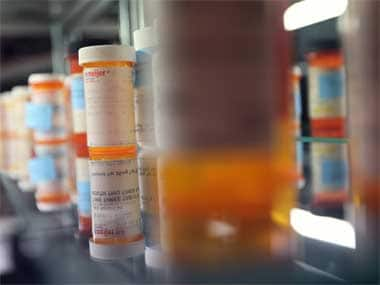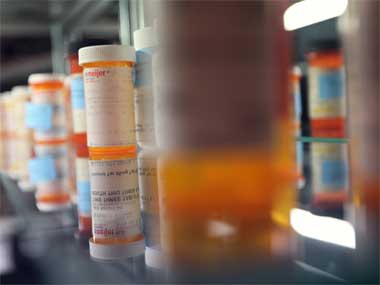Stepping up its battle for cheaper medicines, the Indian government yesterday issued the Drug Price Control Order 2013, which will bring down the prices by up to 80 percent.
At a time when market power and tight oligopoly seem to be the rule in India’s health care sector, the new drug pricing policy is a boon to the common man whose choice for years has been distorted by the intrusion of pharma firms and their drug pushers.
What is the new drug policy all about
The government has notified a new drug pricing policy designed to increase the number of drugs deemed essential that are subject to price caps. The policy, which will curtail prices of costly brands sold by domestic and international drugmakers, was approved by the government in November.
Once implemented, prices of 348 essential drugs, including cancer and HIV medicines, will reduce by an average 20-25 percent. The proposed policy will expand the span of price control to around 30 percent of the domestic pharmaceutical market
The new price control policy, unlike the current cost-based price control mechanism, is applicable to imported medicines too, if these drugs fall in the list of essential medicines.
What is the method of calculating the ceiling cap
[caption id=“attachment_791941” align=“alignleft” width=“380”] Getty Images[/caption]
Getty Images[/caption]
The new pharma pricing policy will be implemented over the next few months.Drug producers will be permitted an annual increase in the retail price in sync with the wholesale price index. Companies will be given 45 days to clear existing inventory and adjust product prices after ceiling prices are notified based on the simple average formula. Hence the ceiling price will be based on simple average prices prevailing in May 2012 of all brands or generics having equal to or more than 1% value share. What this means is that the final price cap that the regulator decides upon for an individual drug could actually be lower than what it was earlier, which in turn would put additional pricing pressure on the pharma industry as a whole.
Impact Shorts
More ShortsHow it impacts the pharma sector
While the move is a boon for the common man, it could prove to be an ill factor for foreign pharma companies which will have to reduce prices between 30 and 50 percent.
IPA Secretary General DG Shah, was quoted by PTI as saying that “prices of many leading brands will be slashed by 50 percent to 80 percent. This will reduce industry profit by half to Rs 4,000 crore on domestic sale of Rs 67,500 crore.”
However, according to brokerage Edelweiss, the drug policy will impact the industry’s profitability and return ratios in the near term, but the industry will be able to sale through in the long term.
“In the near term, it will pressurize margins and in turn RoCE and RoE, though the extent of impact will differ from company to company. Further, lower domestic prices will also affect export realisations of domestic companies as many countries use domestic prices as reference prices,” it said.
However, on the bright side, as the gap between premium brands and low price brands shrinks, bigger companies will gain volume share at the cost of small/mid-sized companies, which may trigger consolidation in the industry, it added.
“Smaller players will find it difficult to compete, which in the long run will be good for the industry as the domestic pharma market is highly fragmented,” noted Edelweiss.
Companies that will be hit the most
Companies with higher exposure to domestic market such as Glaxo, Wyeth, Novartis among MNCs, and Alembic, Unichem and JB Chem among mid?sized Indian companies will be hit the most.
Companies insulated to some extent include:
The domestic companies not having very huge exposure to the domestic market, will be insulated to some extent, but they will see some contraction in their margins from the domestic segment, impacting the profitability, brokerage Karvy had said earlier. Hence companies such as Reddy’s, Sun Pharma, Lupin, Ranbaxy and Cipla would be less affected due to their presence in the exports space.
What it means for consumers?
This new policy will also ensure continuous availability of price-controlled medicines by preventing drugs from going off the market on account of a non-viable manufacturing environment which happened in the case of cost-based pricing.
Hence the new pricing policy is a win-win for the consumer who not only gets cheaper drugs but is also ensured availability of these medicines.
“If the prices of leading brands are reduced by 60-70%, the impact will be felt by all other competitors and they will have to reduce their prices further,” Dilip G Shah, Secretary-General, Indian Pharma Alliance said in an interview with the Economic Times.
Pharma companies will not be able to increase prices, in case the ceiling price fixed by the government, is higher than their price. In cases, where existing manufactures, selling the formulations at a price higher than the ceiling price, will have to revise the prices downward.
Patients will also gain from access to innovation and introduction of new medicines as players will have to invest in research and development.
)